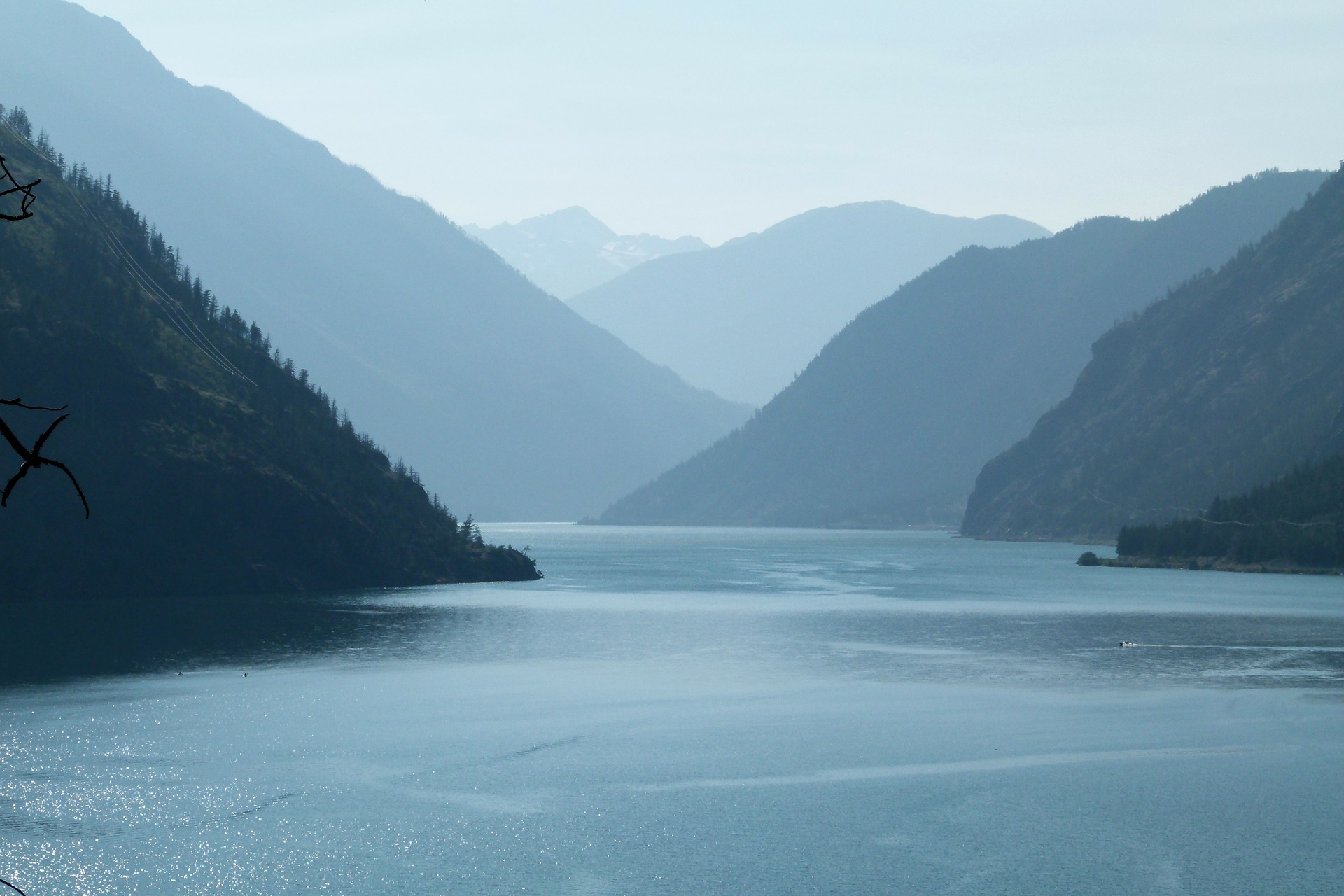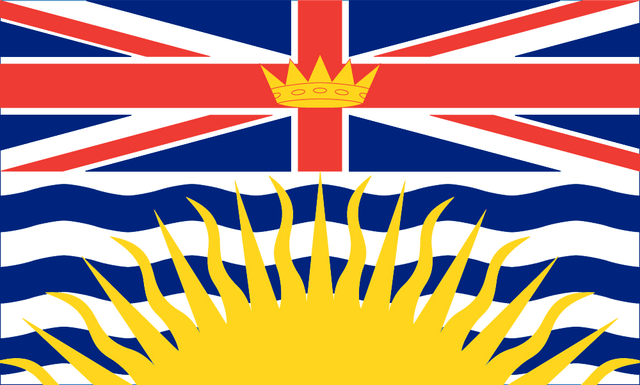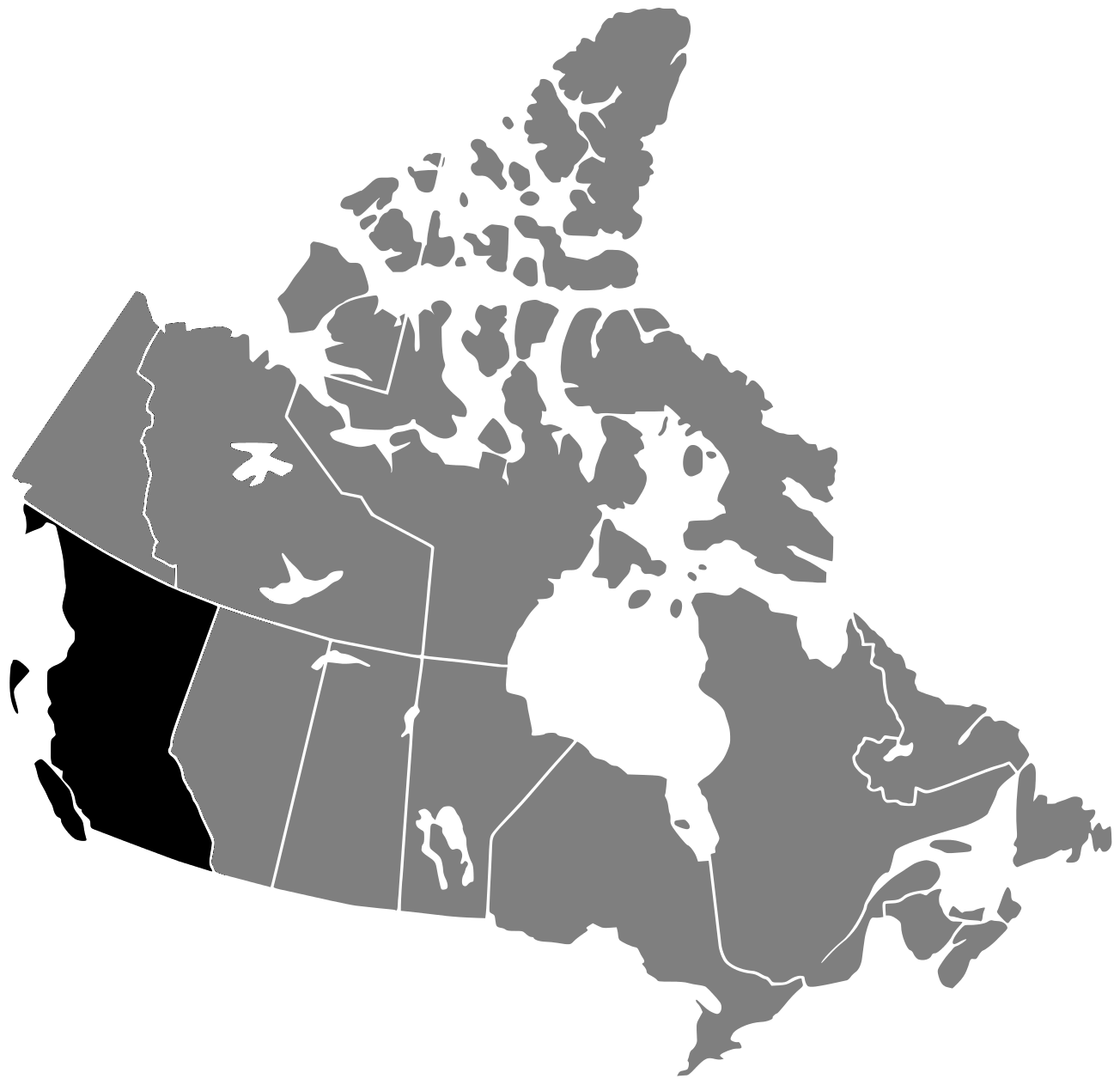Canada’s Arboreal Emblems:
British Columbia — Western redcedar (Thuja plicata)
Return to our Arboreal Emblems of Canada resource homepage here:
Canada’s Arboreal Emblems →

Return to our Arboreal Emblems of Canada resource homepage here:
Canada’s Arboreal Emblems →


The Western redcedar is a large conifer, normally growing to 60 m tall. With a buttressed base and a rapidly tapering bole, the tree can grow to 8 m in width. It is an imposing evergreen if given proper space. Leaves are shiny yellow green, 1 – 2 mm long, scale-like. Its foliage is long, drooping and fern-like. It has has cones, which are oblong, 12-18 mm long, tips of which usually have 4 scales rounded with a very small prickle. Its bark is thin, reddish brown, shiny when young forms narrow flat ridges when older. Western redcedar grows all along the west coast of North America.
The wood of the Western redcedar is soft, straight grained, and very light. Its heartwood is pinkish or reddish brown to deep warm brown and highly resistant to decay and has a very distinctive aromatic odor. The wood has exceptionally good working qualities, yielding a smooth satiny finish and splits readily, taking nails and paint well. The wood is also used for shingles, siding, decking, poles, interior finish, boats, canoes, greenhouses, pulp, carving and other craft work.
Western redcedar was a mainstay of aboriginal life and culture on Canada’s west coast. The “tree of life” provided clothing, shelter, transportation and a medium for aboriginal art and craft work. The tree’s maturity is reached in 350 years but specimens over 1000 years old have been reported.